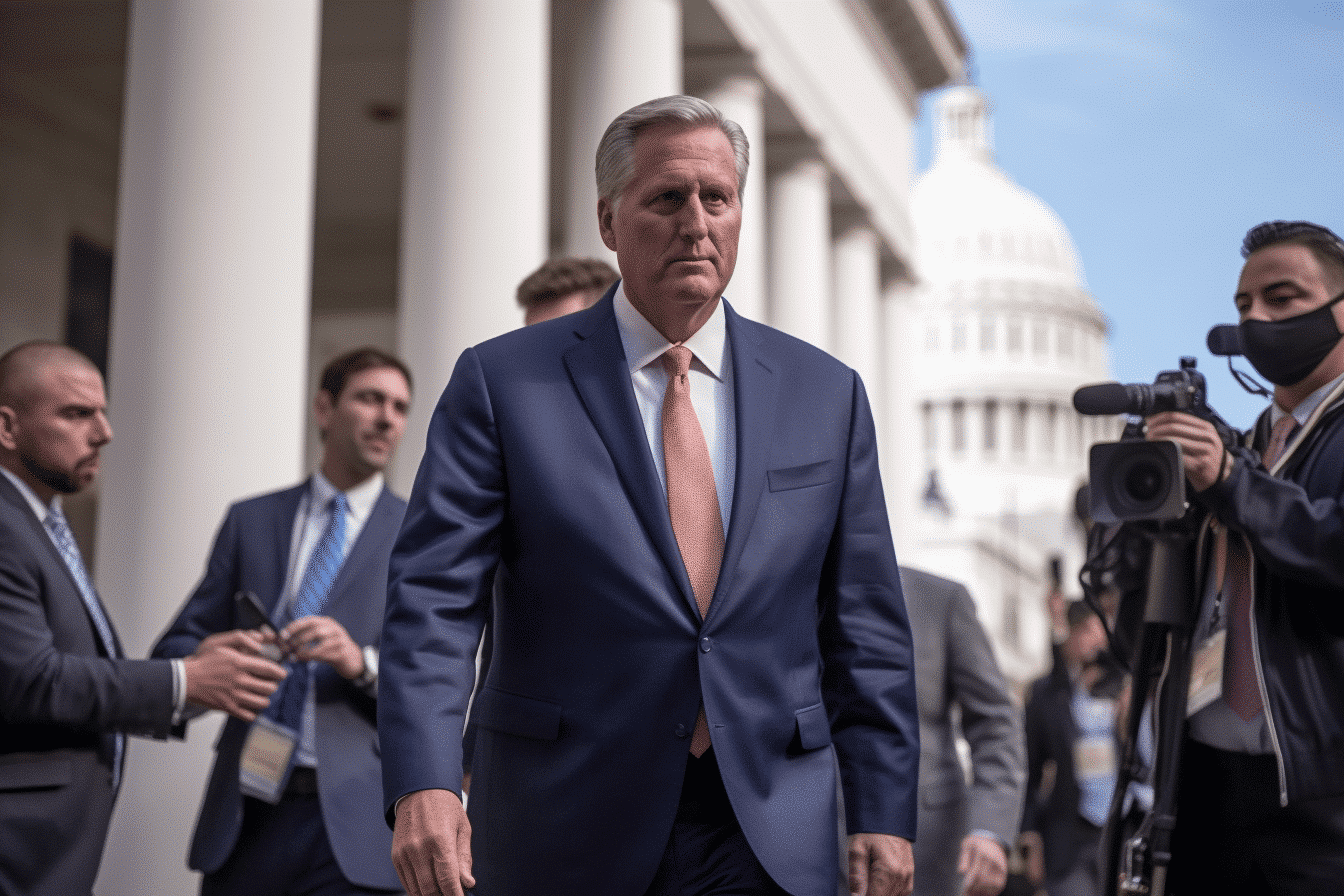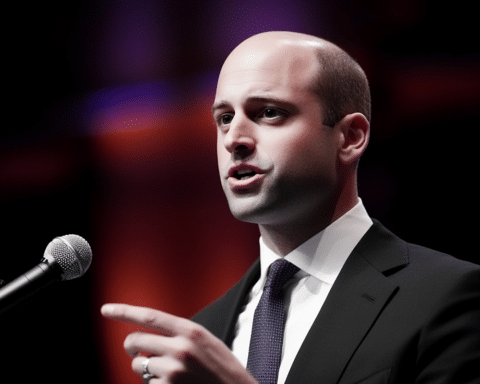Title: Senate Moves Towards Bipartisan Solution, McCarthy Revisits Strategy
The Senate is making strides in their efforts to prevent a government shutdown. In contrast, House Speaker Kevin McCarthy is revisiting his tactics, appealing to the staunch Republicans in his caucus to endorse a provisional House resolution to sustain government operations, a move they had previously resisted.
In a private gathering on Wednesday, McCarthy briefed his strategy, emphasizing the significance of unity among the Republican ranks. He has slated a decisive vote for Friday, right before the looming shutdown on Saturday. The bill he’s advocating for has a solid conservative tilt, aiming for an 8% reduction in budget for numerous federal departments and enhancing border protection. However, this proposition faced objections from President Joe Biden, Democrats, and some of McCarthy’s conservative bloc members.
Speaking to the media at the Capitol, McCarthy stated, “I want to solve the problem.”
Yet, when probed about the feasibility of a spending plan with opposition from within his party, McCarthy seemed uncertain. He outrightly declined the Senate’s joint proposal, designed to fund the government up to Nov. 17, incorporating financial assistance for Ukraine and U.S. disaster relief. Demonstrating his tenacity, McCarthy emphasized, “I would never quit trying.”
The impending shutdown puts Congress in a crunch, potentially leading to paused salaries for many federal staff and military personnel, shutdown of national entities, and inconvenience for many Americans relying on governmental functions.
During the Senate endeavours collaboratively, McCarthy is urging a meeting with Biden on border safeguarding measures. However, after retracting from a prior debt arrangement with Biden that’s now enacted, McCarthy’s bargaining power appears to be diminished.
In the Senate, Majority Leader Chuck Schumer vocalized concerns regarding the inclination of specific right-leaning segments to initiate government shutdowns, asserting, “A reckless shutdown will serve no purpose.”
In a noteworthy alignment with Schumer, Senate Republican leader Mitch McConnell petitioned the House to mull over the Senate’s temporary funding proposal. McConnell elucidated, “We can take the standard approach and fund the government for six weeks at the current rate of operations, or we can shut the government down in exchange for zero meaningful progress on policy.”
Although McConnell acknowledges a mutual wish to discuss concerns over Democratic fiscal policies and elevate border security, he contends, “these important discussions cannot progress” if governmental functions are held captive.
Amidst resistance from members like Sen. Rand Paul, who has conservative inclinations, the Senate is keen on ratifying its bill this week. This urgency comes as Congress faces the ticking clock of a shutdown should funds not be allocated by Sunday, Oct. 1.
While the White House assigns responsibility to McCarthy and the House Republicans to navigate this predicament, Donald Trump, aiming for the 2024 elections, is galvanizing the right wing to demand pronounced budget curtailments. Trump, the former president, advises that if they don’t achieve their objectives, they should “shut it down.”
The tug of war in Congress underscores the broader political dynamics, with both parties positioning for the 2024 elections. As the clock ticks down to a potential shutdown, the American public watches closely, hopeful for a resolution that prioritizes their needs. The coming days will test the mettle of leadership on both sides and determine the trajectory for future bipartisan collaborations.




